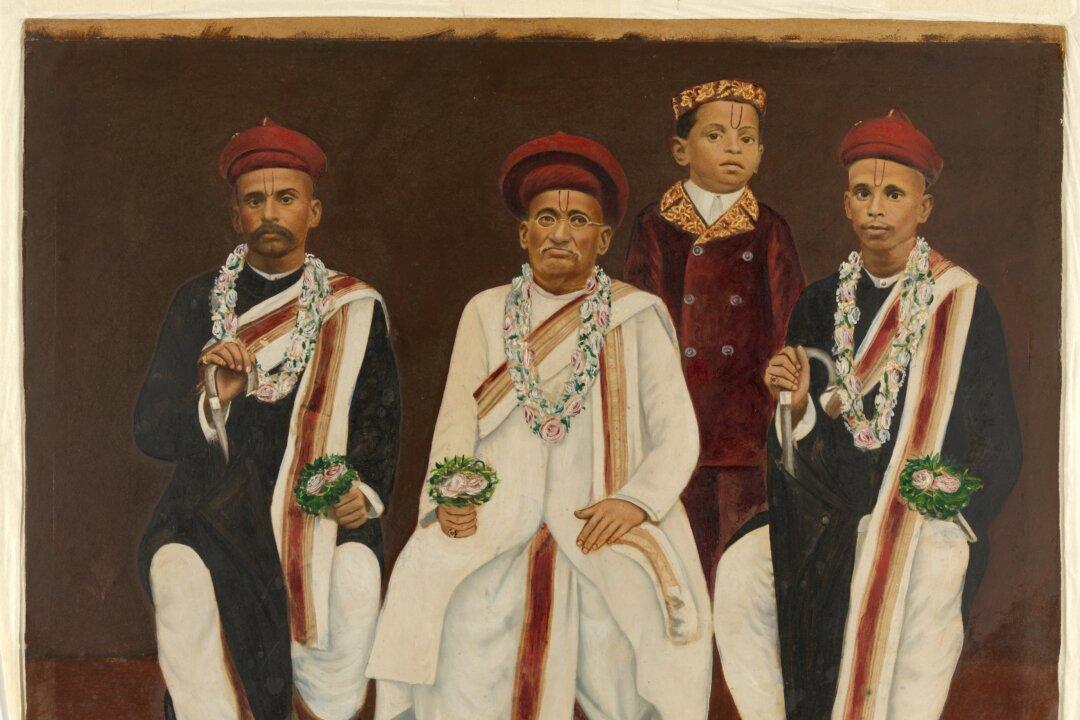The National Gallery of Australia (NGA) will repatriate 14 works of art from its Asian art collection back to the Indian government.
The thirteen works were purchased from New York-based antiquity dealer Subhash Kapoor, who is currently in prison awaiting trial for running an international smuggling racket. One was acquired from art dealer William Wolff.





